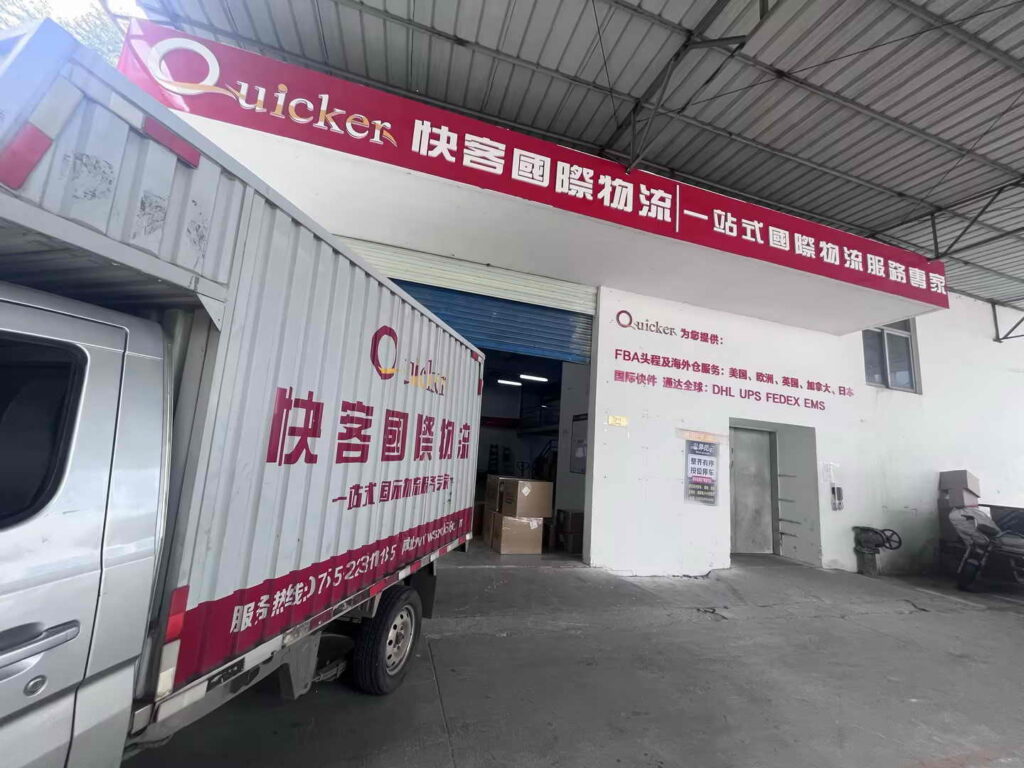Pour Quicker Logistics, l'expédition de la Chine vers l'Asie du Sud-Est est l'un des principaux itinéraires d'expédition et l'un des principaux champs d'activité actuels. Dans cette page, nous vous présentons certains aspects de nos itinéraires d'expédition vers les pays d'Asie du Sud-Est.
Vous pouvez également remplir notre devis de fret en ligne pour obtenir un devis précis en fonction de vos besoins spécifiques.
Aperçu géographique de l'Asie du Sud-Est
L'Asie du Sud-Est est une région caractérisée par un paysage diversifié, comprenant des zones continentales et de nombreuses îles. Elle est bordée par l'océan Indien à l'ouest et l'océan Pacifique à l'est, la mer de Chine méridionale jouant un rôle central dans les activités maritimes régionales.
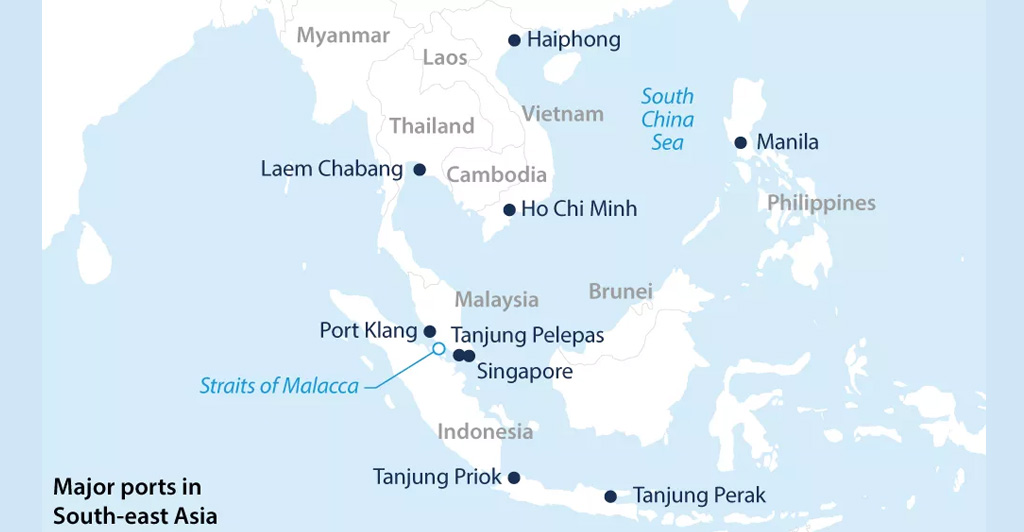
Caractéristiques géographiques clés pour les expéditions de la Chine vers l'Asie du Sud-Est
Archipels et îles: La région comprend de grands archipels tels que l'Indonésie et les Philippines, composés de milliers d'îles. Cela crée un réseau complexe de routes maritimes essentielles pour le commerce régional.
Détroits et canaux:
- Détroit de Malacca: L'une des voies maritimes les plus importantes au monde, reliant l'océan Indien à la mer de Chine méridionale et à l'océan Pacifique. C'est un passage essentiel pour le pétrole et les marchandises qui voyagent entre le Moyen-Orient, l'Afrique et l'Asie de l'Est.
- Détroits de Sunda et de Lombok: Routes alternatives pour les navires naviguant entre l'océan Indien et l'océan Pacifique.
Proximité des grands marchés: L'Asie du Sud-Est se situe stratégiquement entre deux grandes puissances économiques : la Chine et l'Inde. Sa situation en fait une plaque tournante naturelle pour les échanges et le commerce.
Le facteur marché est en fait une très forte incitation à emprunter l'itinéraire de transport très fréquenté entre la Chine et l'Asie du Sud-Est.
Richesse de la biodiversité et des ressources naturelles: La région est dotée d'abondantes ressources naturelles, notamment du pétrole, du gaz et des minéraux, qui sont importantes pour le commerce.
Importance pour le transport maritime de la Chine vers l'Asie du Sud-Est
Routes commerciales: La proximité de l'Asie du Sud-Est avec la Chine en fait un élément clé de la route de la soie maritime. Les routes maritimes entre la Chine et l'Asie du Sud-Est sont essentielles pour l'exportation et l'importation de marchandises, notamment de produits électroniques, de machines et de produits de consommation.
Intégration économique: Les ports de la région servent de centres de transbordement, facilitant la distribution des marchandises chinoises sur les marchés mondiaux. Cette intégration favorise la croissance économique et le développement de l'Asie du Sud-Est. Aujourd'hui, le transport maritime entre la Chine et l'Asie du Sud-Est apporte une grande prospérité aux habitants des deux régions.
Partenariats stratégiques: L'initiative chinoise "la Ceinture et la Route" met l'accent sur le développement des infrastructures en Asie du Sud-Est, en améliorant la connectivité et l'efficacité commerciale. Cela comprend des investissements dans les installations portuaires et les réseaux de transport.
Liens culturels et historiques: Les routes commerciales historiques, comme celles de l'ancien commerce des épices, relient depuis longtemps la Chine à l'Asie du Sud-Est, favorisant les échanges culturels et économiques.
En résumé, la géographie de l'Asie du Sud-Est n'influence pas seulement son propre paysage économique, mais joue également un rôle crucial dans la dynamique du transport maritime mondial, notamment en facilitant les échanges entre la Chine et le reste du monde.
Principaux ports maritimes pour les expéditions de la Chine vers l'Asie du Sud-Est
Port de Singapour. Principaux ports maritimes de Singapour
Le port de Singapour est une plaque tournante maritime mondiale et l'un des ports les plus actifs au monde. Il traite un large éventail de types de marchandises, notamment des marchandises conteneurisées, des marchandises en vrac et des marchandises liquides. La situation stratégique du port, au carrefour des principales routes maritimes, en fait un nœud essentiel des réseaux commerciaux mondiaux. Les installations portuaires de Singapour sont à la pointe de la technologie, avec des technologies avancées telles que des grues automatisées et des systèmes de suivi numérique qui améliorent l'efficacité et réduisent les délais d'exécution.
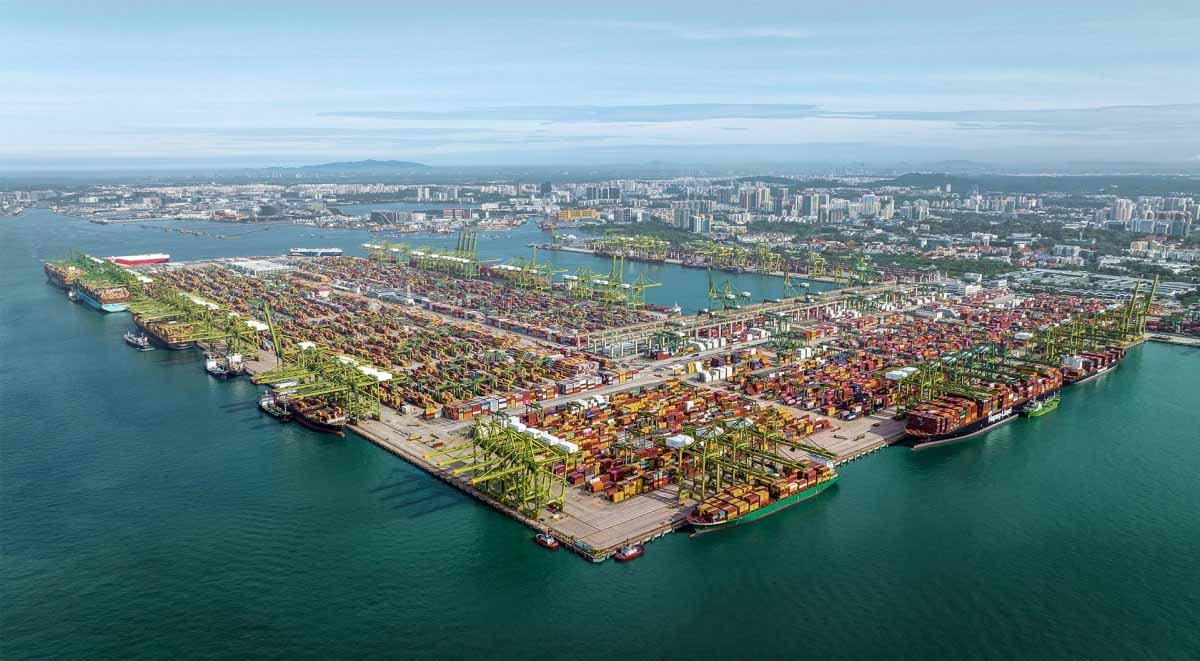
Le port sert de plaque tournante pour le transbordement, ce qui signifie qu'une grande partie du fret est transférée d'un navire à l'autre avant d'atteindre sa destination finale. Ce rôle est soutenu par la connectivité étendue du port, qui relie plus de 600 ports dans 120 pays. L'engagement de Singapour en faveur de l'innovation et de la durabilité se manifeste dans ses efforts pour développer des opérations portuaires respectueuses de l'environnement, notamment par des initiatives visant à réduire les émissions de carbone et à améliorer l'efficacité énergétique.

Outre son infrastructure physique, le port de Singapour bénéficie d'une main-d'œuvre hautement qualifiée et d'un cadre réglementaire solide, garantissant des opérations fluides et sûres. Le port fait partie intégrante de l'économie de Singapour, contribuant de manière significative au PIB et à l'emploi. Ses plans de développement continu, comprenant des projets d'expansion et des mises à niveau technologiques, visent à maintenir son avantage concurrentiel dans l'industrie maritime.
Il faut bien comprendre que Singapour est un port très important pour le transport maritime entre la Chine et l'Asie du Sud-Est.
Port Klang (principaux ports maritimes de Malaisie))
Port Klang, situé sur la côte ouest de la Malaisie péninsulaire, est le plus grand et le plus important port du pays. Il sert de porte d'entrée principale pour le commerce de la Malaisie et traite une part substantielle des importations et des exportations du pays. Le port est divisé en trois zones principales : Northport, Southport et Westports, chacune dotée d'installations spécialisées pour gérer différents types de marchandises, notamment les conteneurs, les marchandises en vrac et les marchandises liquides.

La situation stratégique de Port Klang à proximité du détroit de Malacca, l'une des routes maritimes les plus fréquentées au monde, renforce son rôle de plaque tournante du transbordement en Asie du Sud-Est. Le port dispose d'infrastructures modernes, notamment de postes d'amarrage en eau profonde, de vastes entrepôts et d'équipements de pointe pour la manutention des marchandises, qui contribuent à son efficacité et à sa capacité élevées.
Le gouvernement malaisien a investi de manière significative dans le développement de Port Klang, afin d'en faire un centre logistique régional. Les initiatives comprennent l'augmentation de sa capacité, l'amélioration de la connectivité avec les réseaux routiers et ferroviaires, et l'adoption de technologies numériques pour rationaliser les opérations. Port Klang se concentre également sur la durabilité, en mettant en œuvre des mesures visant à minimiser l'impact sur l'environnement et à améliorer l'efficacité énergétique.
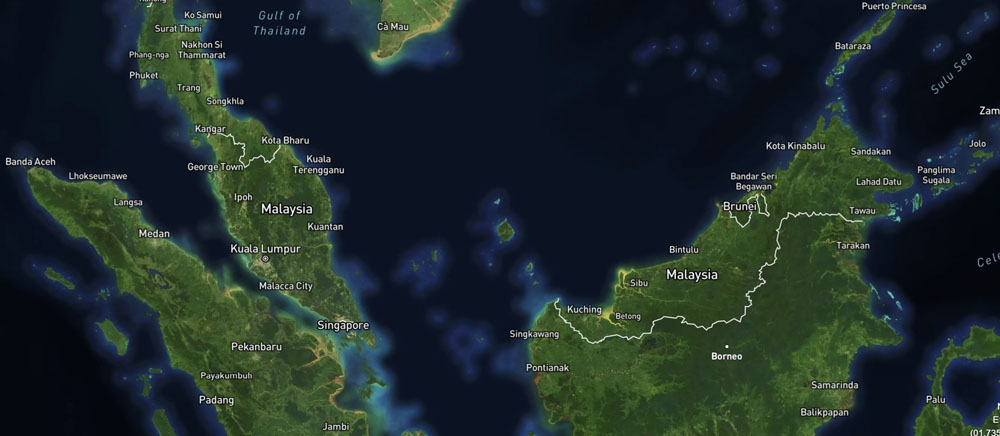
Le port joue un rôle crucial dans le développement économique de la Malaisie, en soutenant des industries telles que l'industrie manufacturière, l'agriculture et l'énergie. Ses initiatives stratégiques et ses améliorations permanentes permettent à Port Klang de rester compétitif dans l'industrie maritime mondiale.
Port de Tanjung Pelepas - Malaisie
Le port de Tanjung Pelepas (PTP) est un important centre de transbordement situé dans la partie méridionale de la Malaisie péninsulaire, près du détroit de Malacca. Connu pour sa position stratégique et ses installations modernes, PTP s'est rapidement développé pour devenir l'un des ports les plus actifs d'Asie du Sud-Est. Sa proximité avec le carrefour maritime entre l'océan Indien et l'océan Pacifique en fait un lieu idéal pour les activités de transbordement.
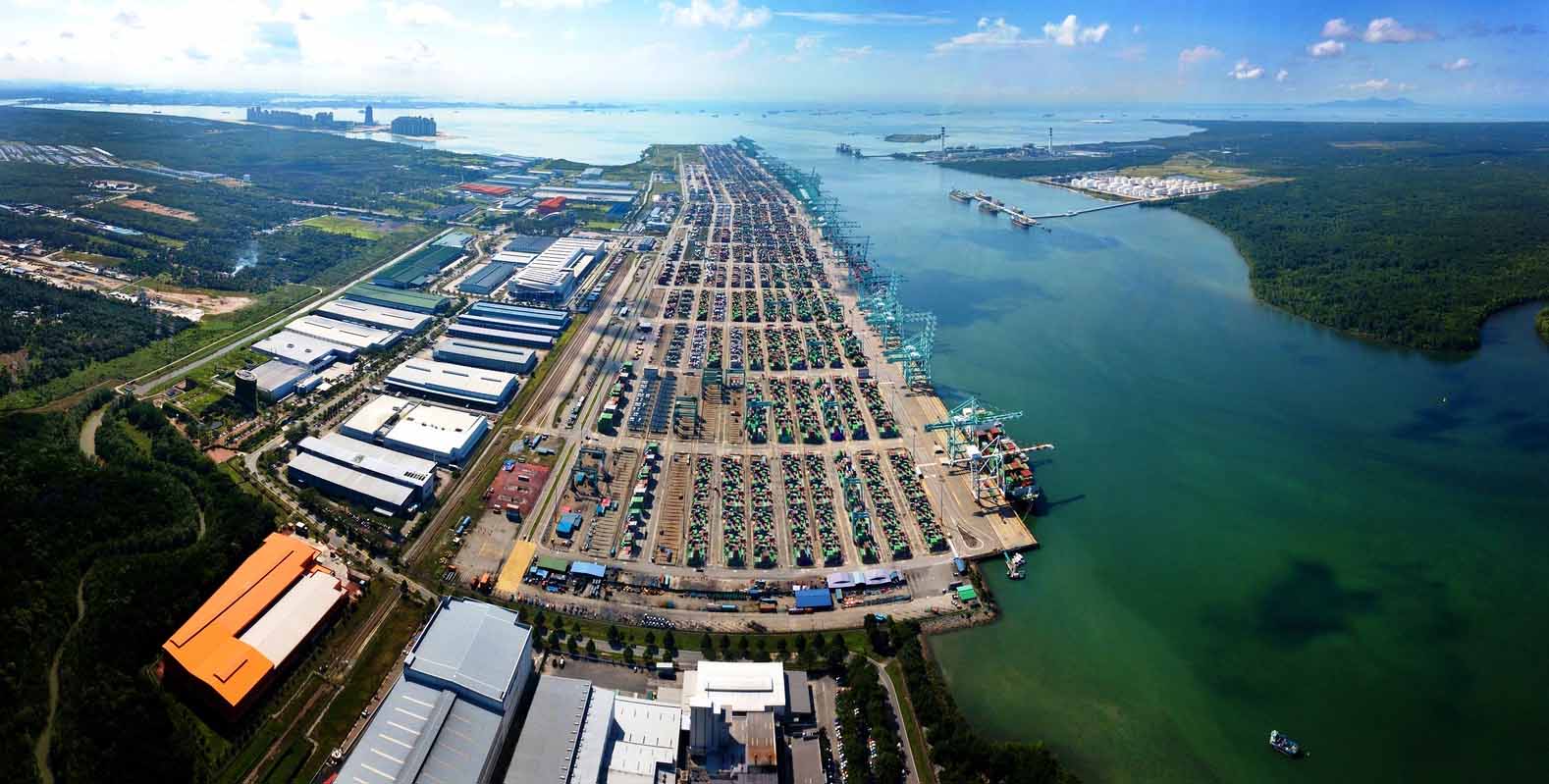
Le PTP est doté d'une infrastructure de pointe, notamment de postes d'amarrage en eau profonde capables d'accueillir les plus grands porte-conteneurs, d'équipements terminaux de pointe et de vastes installations de manutention des conteneurs. L'efficacité du port est encore renforcée par ses solutions logistiques intégrées, qui rationalisent les opérations et réduisent les délais d'exécution.
Le port fait partie de la région de développement d'Iskandar Malaysia, qui vise à stimuler la croissance économique par le biais d'activités industrielles et logistiques. PTP bénéficie d'une excellente connectivité avec les principaux réseaux autoroutiers et ferroviaires, ce qui facilite la circulation des marchandises à destination et en provenance du port. L'engagement du port en faveur de l'innovation se traduit par l'adoption de technologies numériques, telles que les systèmes de portes automatisées et le suivi des marchandises en temps réel.
Les initiatives stratégiques de PTP comprennent l'expansion de sa capacité et l'amélioration de sa durabilité environnementale. Le port s'efforce activement de réduire son empreinte carbone grâce à des pratiques d'efficacité énergétique et à des investissements dans les sources d'énergie renouvelables. En tant qu'acteur clé du secteur maritime malaisien, PTP contribue de manière significative au développement commercial et économique du pays.
Port de Tanjung Priok - Indonésie
Le port de Tanjung Priok, situé à Jakarta, est le plus grand et le plus actif d'Indonésie. Il gère une part importante des activités d'importation et d'exportation du pays et constitue une porte d'entrée vitale pour les marchandises qui entrent et sortent d'Indonésie. La situation stratégique du port sur l'île de Java, cœur économique du pays, renforce son importance dans le commerce national et international.
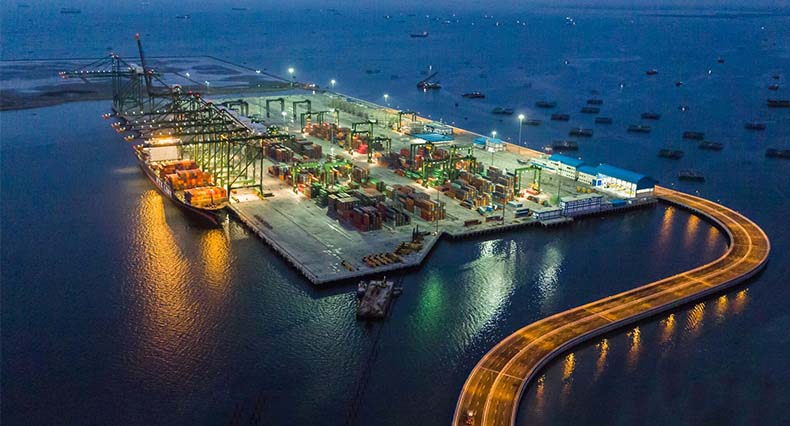
Tanjung Priok est doté d'installations complètes pour la manutention de divers types de marchandises, notamment les conteneurs, les marchandises en vrac et les marchandises liquides. Le port a fait l'objet d'importants efforts de modernisation afin d'accroître sa capacité et son efficacité, notamment par le développement de nouveaux terminaux et la mise en œuvre de technologies de pointe pour la manutention des marchandises.
La connectivité du port est renforcée par ses liens avec les principaux réseaux routiers et ferroviaires, ce qui facilite la distribution efficace des marchandises à travers Java et au-delà. Tanjung Priok est également un acteur clé de la croissance économique de l'Indonésie, soutenant des industries telles que l'industrie manufacturière, l'agriculture et l'exploitation minière.
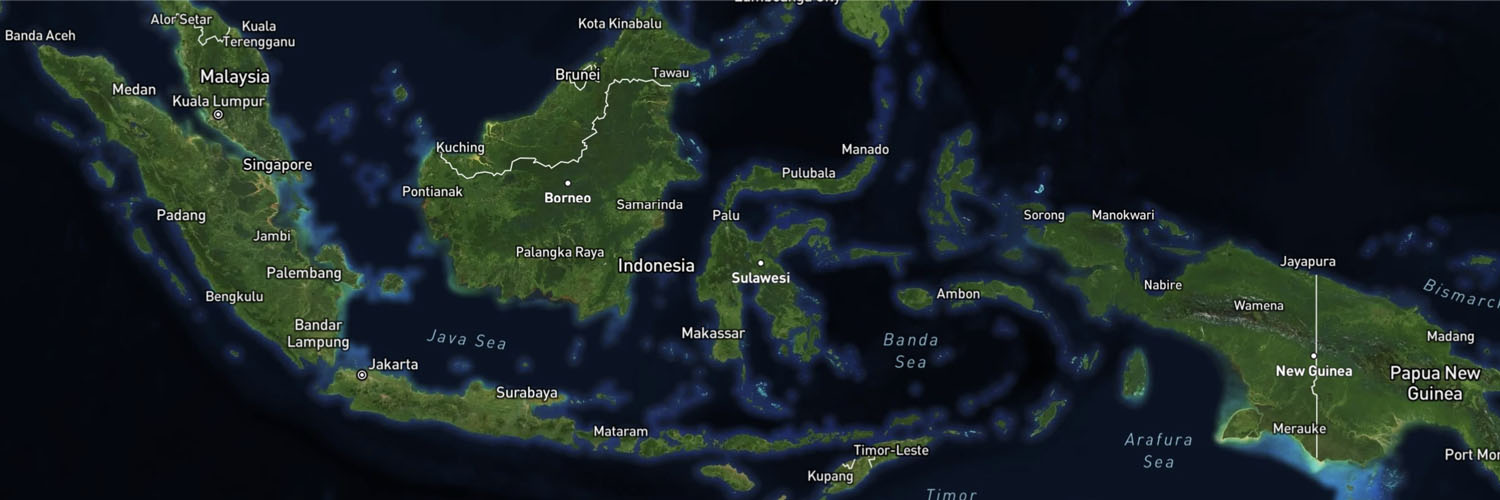
Des défis tels que la congestion et la durabilité environnementale sont relevés grâce à des initiatives stratégiques, notamment l'expansion des installations portuaires et l'adoption de technologies vertes. Les plans de développement en cours visent à renforcer la compétitivité du port dans l'industrie maritime régionale et mondiale, en veillant à ce qu'il continue à jouer un rôle essentiel dans le commerce et le développement économique de l'Indonésie.
Principaux ports maritimes d'Indonésie.
Port de Laem Chabang - Thaïlande
Le port de Laem Chabang est le principal port en eau profonde de Thaïlande, situé à environ 130 kilomètres au sud-est de Bangkok. Il s'agit d'une plaque tournante essentielle pour le commerce et la logistique du pays, qui traite la majorité du flux de conteneurs de la Thaïlande. Sa situation stratégique dans le golfe de Thaïlande lui permet d'accéder facilement aux principales routes maritimes, ce qui renforce son rôle d'acteur clé dans le commerce régional.
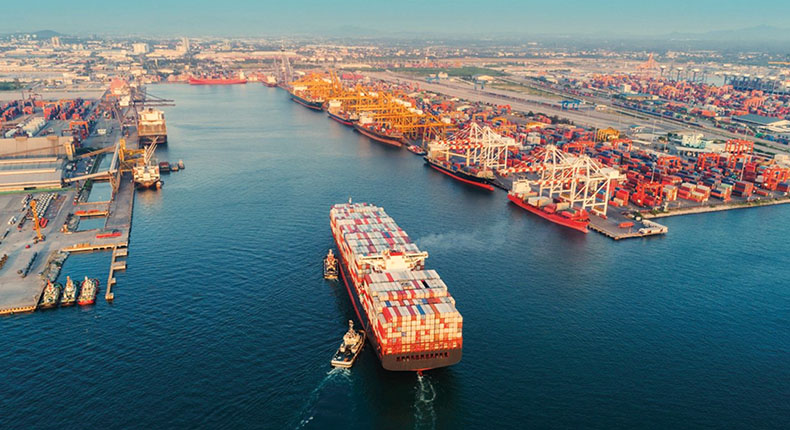
Le port de Laem Chabang est doté d'infrastructures modernes, notamment de postes d'amarrage en eau profonde, de vastes installations de manutention de conteneurs et de services logistiques avancés. Le port a fait l'objet d'une expansion significative afin d'augmenter sa capacité et d'améliorer son efficacité, et des projets en cours visent à renforcer encore ses capacités.
La connectivité du port est soutenue par des réseaux routiers et ferroviaires bien développés, ce qui facilite la circulation efficace des marchandises à destination et en provenance du port. Laem Chabang est également un moteur essentiel de la croissance économique de la Thaïlande, soutenant des industries telles que l'automobile, l'électronique et l'agriculture.
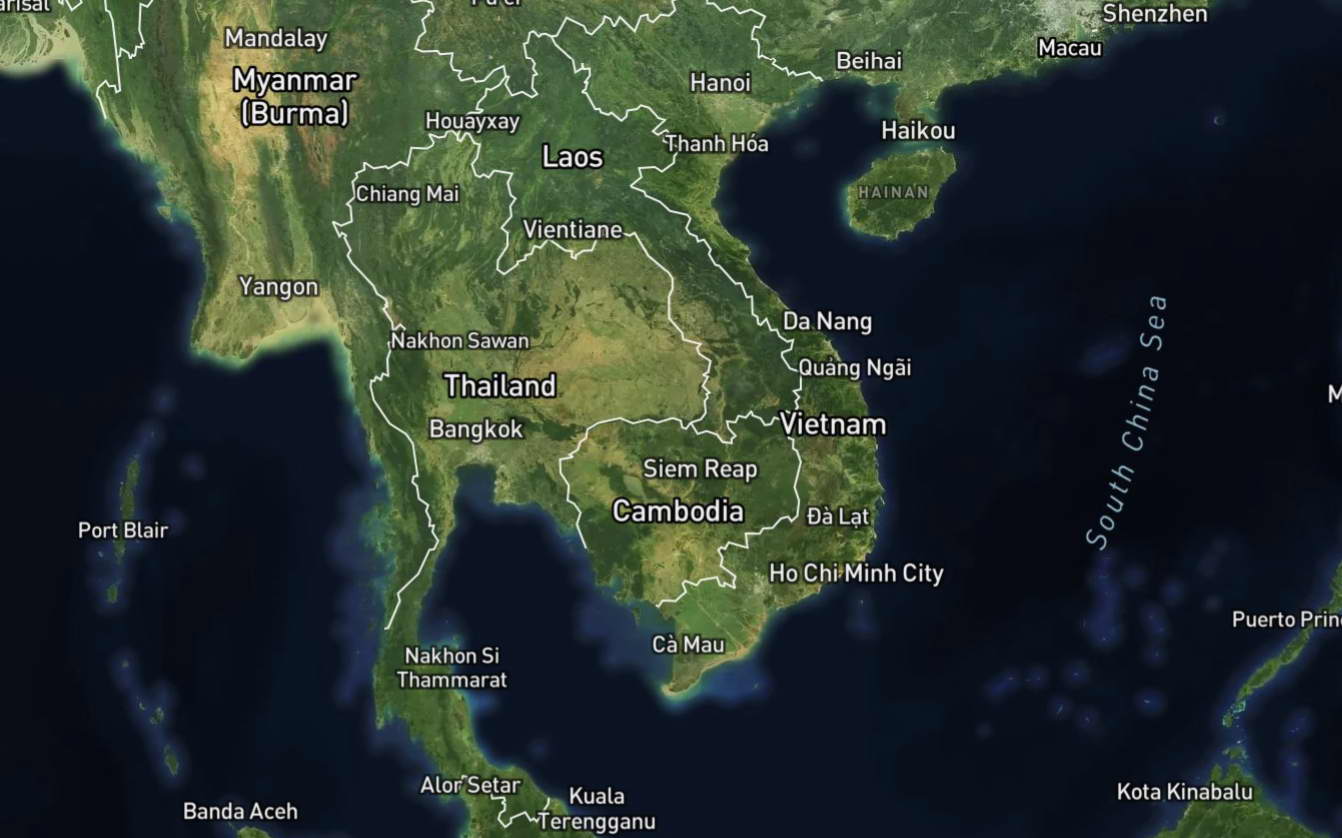
La durabilité est une priorité pour le port, avec des initiatives visant à réduire l'impact sur l'environnement et à améliorer l'efficacité énergétique. L'engagement du port en faveur de l'innovation et du développement lui permet de rester compétitif dans l'industrie maritime mondiale et de jouer un rôle crucial dans le commerce et le développement économique de la Thaïlande.
Principaux ports maritimes de Thaïlande.
Port de Manille - Philippines
Le port de Manille est le plus grand et le plus important port des Philippines, servant de plaque tournante pour le commerce du pays. Situé dans la capitale, le port traite un large éventail de types de marchandises, notamment des conteneurs, des marchandises en vrac et des marchandises liquides. Sa situation stratégique dans la baie de Manille lui permet d'accéder aux principales routes maritimes, ce qui renforce son rôle dans le commerce international.
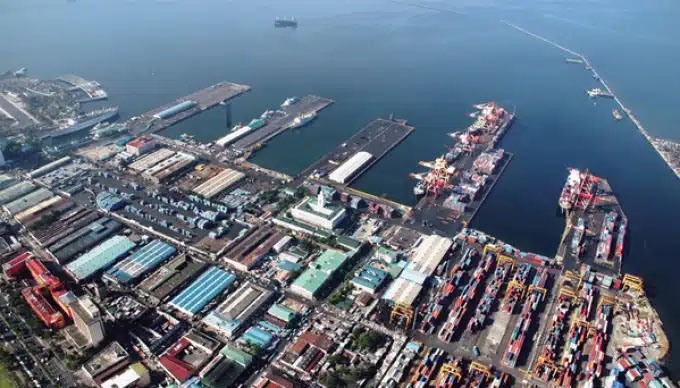
Les installations portuaires de Manille sont dotées d'infrastructures modernes, notamment de postes d'amarrage en eau profonde, d'équipements de manutention de pointe et de vastes capacités d'entreposage. Le port a fait l'objet d'un développement important afin d'augmenter sa capacité et d'améliorer son efficacité, avec des projets en cours visant à améliorer encore ses capacités.
La connectivité du port est soutenue par des réseaux routiers bien développés, facilitant la distribution efficace des marchandises à travers les Philippines. Le port de Manille est un moteur essentiel de la croissance économique du pays, soutenant des industries telles que l'industrie manufacturière, l'agriculture et l'énergie.
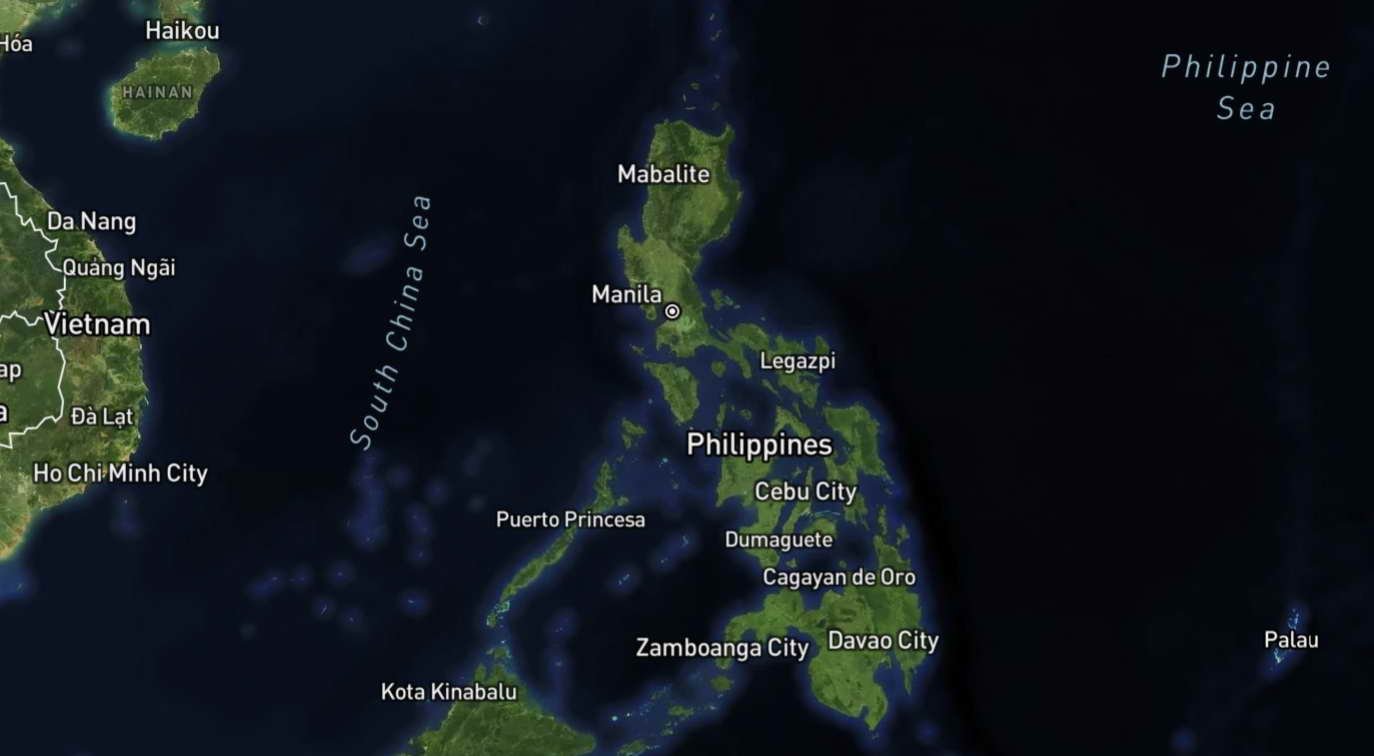
Des défis tels que la congestion et la durabilité environnementale sont relevés grâce à des initiatives stratégiques, notamment l'expansion des installations portuaires et l'adoption de technologies vertes. Les plans de développement en cours visent à renforcer la compétitivité du port dans l'industrie maritime régionale et mondiale, en veillant à ce qu'il continue à jouer un rôle essentiel dans le commerce et le développement économique des Philippines.
Principaux ports maritimes des Philippines.
Port de Ho Chi Minh Ville (Cat Lai Terminal) - Vietnam
Le port de Ho Chi Minh Ville, et plus précisément le terminal Cat Lai, est le port à conteneurs le plus actif du Viêt Nam. Situé dans le sud du pays, il joue un rôle essentiel dans l'exportation de marchandises, en particulier de textiles et d'électronique, vers les marchés mondiaux. La situation stratégique du port sur la rivière Saigon lui permet d'accéder facilement aux principales routes maritimes, ce qui renforce son importance dans le commerce international.
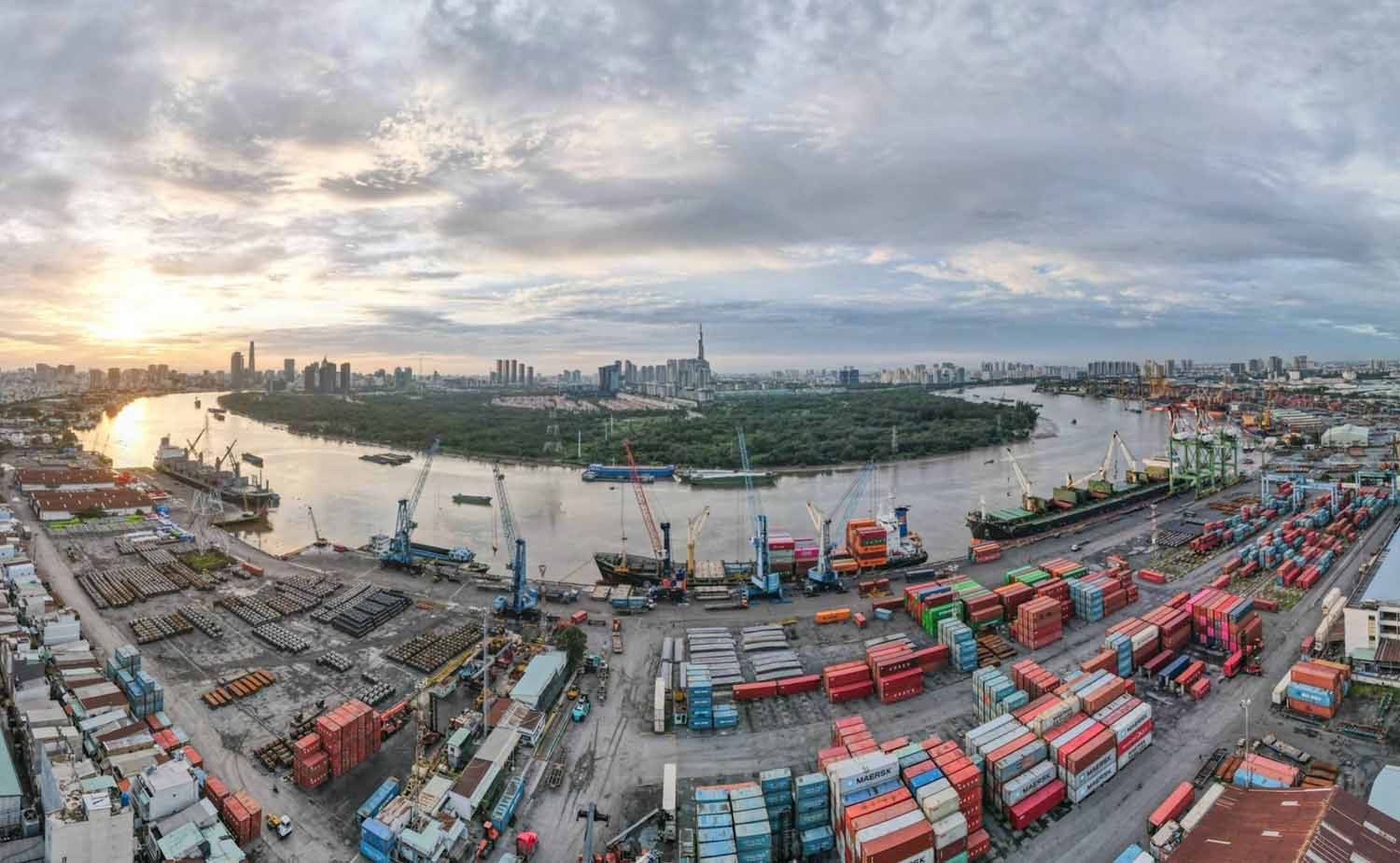
Le terminal de Cat Lai est doté d'infrastructures modernes, notamment de postes d'amarrage en eau profonde, d'installations de manutention de conteneurs de pointe et de services logistiques étendus. Le port a fait l'objet d'une expansion significative afin d'augmenter sa capacité et d'améliorer son efficacité, et des projets en cours visent à renforcer encore ses capacités.
La connectivité du port est soutenue par des réseaux routiers et ferroviaires bien développés, ce qui facilite le mouvement efficace des marchandises à destination et en provenance du port. Le port de Ho Chi Minh Ville est un moteur essentiel de la croissance économique du Viêt Nam, car il soutient des secteurs tels que l'industrie manufacturière, l'agriculture et l'énergie.
La durabilité est une priorité pour le port, avec des initiatives visant à réduire l'impact sur l'environnement et à améliorer l'efficacité énergétique. L'engagement du port en faveur de l'innovation et du développement lui permet de rester compétitif dans l'industrie maritime mondiale et de jouer un rôle crucial dans le commerce et le développement économique du Viêt Nam.
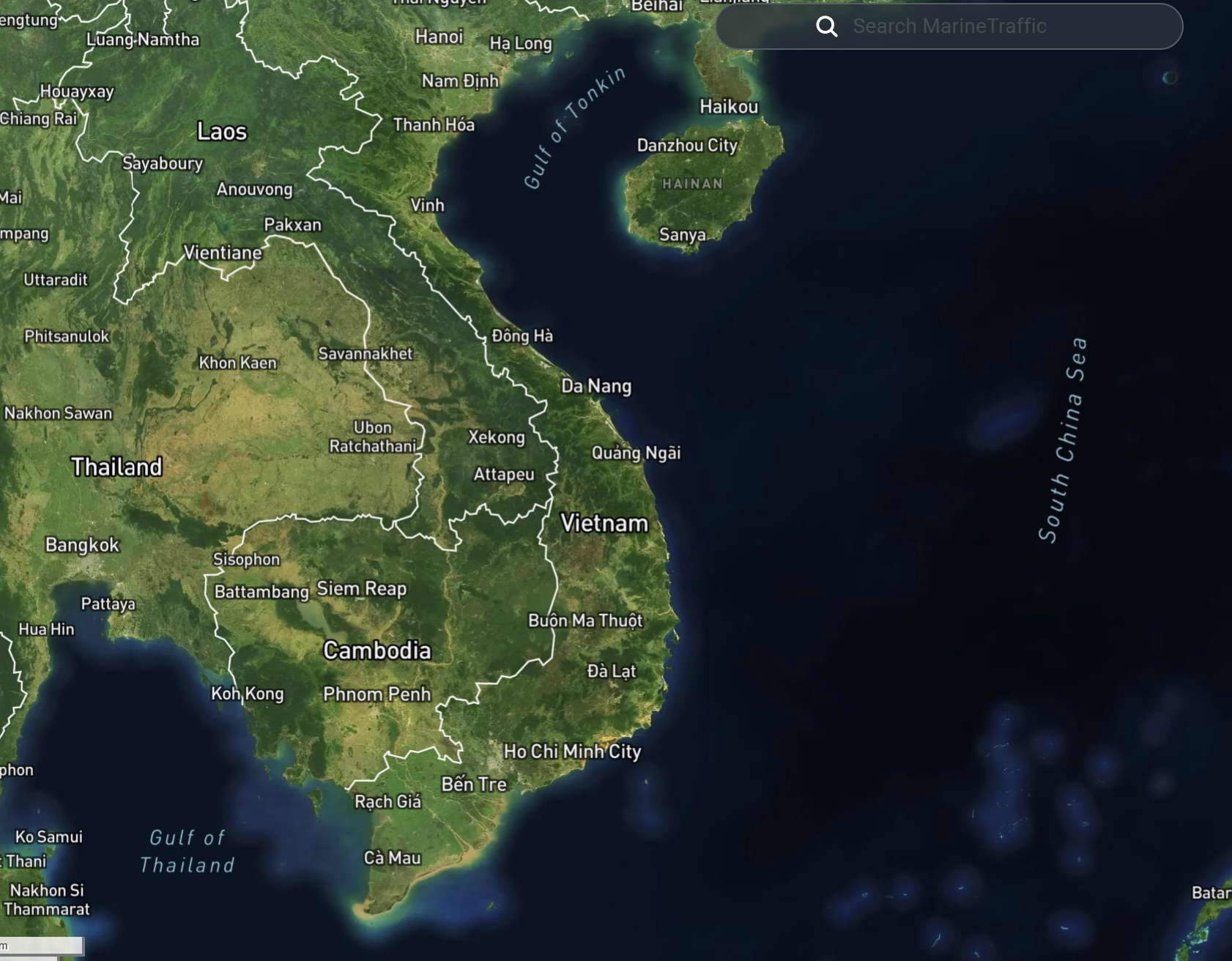
Port de Hai Phong - Vietnam
Le port de Hai Phong, situé dans le nord du Viêt Nam, est une porte d'entrée essentielle pour le commerce avec la Chine et d'autres pays. Il soutient les régions industrielles du nord et est essentiel à la croissance économique du pays. La situation stratégique du port sur le delta du fleuve Rouge lui permet d'accéder facilement aux principales routes maritimes, ce qui renforce son rôle dans le commerce international.
Hai Phong est doté d'infrastructures modernes, notamment de postes d'amarrage en eau profonde, d'équipements de manutention de pointe et de services logistiques étendus. Le port a fait l'objet d'un développement important afin d'augmenter sa capacité et d'améliorer son efficacité, avec des projets en cours visant à améliorer encore ses capacités.
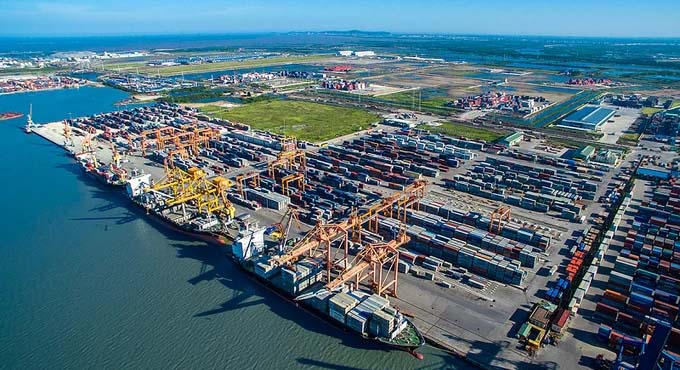
La connectivité du port est soutenue par des réseaux routiers et ferroviaires bien développés, ce qui facilite le mouvement efficace des marchandises à destination et en provenance du port. Le port de Hai Phong est un moteur essentiel de la croissance économique du Viêt Nam, car il soutient des industries telles que l'industrie manufacturière, l'agriculture et l'énergie.
La durabilité est une priorité pour le port, avec des initiatives visant à réduire l'impact sur l'environnement et à améliorer l'efficacité énergétique. L'engagement du port en faveur de l'innovation et du développement lui permet de rester compétitif dans l'industrie maritime mondiale et de jouer un rôle crucial dans le commerce et le développement économique du Viêt Nam.
Ces ports font partie intégrante du développement économique et des activités commerciales de leurs pays respectifs et constituent des nœuds essentiels du réseau mondial de transport maritime.
Ce sont les principaux ports maritimes du Viêt Nam
Principales caractéristiques de l'expédition de la Chine vers l'Asie du Sud-Est
Des temps de transit plus courts
La proximité géographique entre la Chine et les pays d'Asie du Sud-Est permet de raccourcir considérablement les temps de transit par rapport aux itinéraires long-courriers comme ceux vers l'Europe ou l'Amérique du Nord. Cela est particulièrement avantageux pour les entreprises qui s'appuient sur des systèmes d'inventaire en flux tendu ou qui doivent répondre rapidement aux demandes du marché. La réduction du temps passé en mer minimise également les risques associés aux retards, ce qui en fait une option fiable pour les marchandises périssables et les expéditions sensibles au facteur temps.
Haute fréquence
En raison des relations commerciales solides et de la forte demande de marchandises, l'itinéraire Chine-Asie du Sud-Est peut se targuer d'une fréquence de navigation élevée. Cela signifie que les entreprises disposent d'une plus grande souplesse dans la programmation des expéditions, ce qui réduit le délai d'exécution des commandes. Les départs fréquents permettent également de mieux gérer les stocks et de s'adapter rapidement à l'évolution de la demande.
Rentabilité
Les distances plus courtes ne réduisent pas seulement les temps de transit, mais contribuent également à diminuer les coûts d'expédition. Cette rentabilité est un avantage majeur pour les entreprises qui cherchent à optimiser les dépenses de leur chaîne d'approvisionnement. En outre, les prix compétitifs pratiqués par les transporteurs desservant cet itinéraire peuvent encore réduire les coûts, ce qui en fait une option attrayante pour les entreprises de toutes tailles.
La fréquence élevée est une caractéristique évidente pour les envois de la Chine vers l'Asie du Sud-Est, car il s'agit de pays très fermés.
Diverses cargaisons
L'itinéraire Chine-Asie du Sud-Est traite un large éventail de types de marchandises, reflétant la diversité des activités économiques de la région. De l'électronique et des machines de grande valeur aux textiles, aux matières premières et aux produits agricoles, la route soutient un large éventail d'industries. Cette diversité des marchandises garantit que les transporteurs sont équipés pour répondre aux différentes exigences en matière d'expédition, notamment en ce qui concerne les conteneurs spécialisés et les procédures de manutention.
Intégration régionale
L'itinéraire bénéficie largement des accords commerciaux régionaux tels que la zone de libre-échange ASEAN-Chine, qui visent à réduire les droits de douane et à rationaliser les procédures douanières. Ces accords facilitent les échanges transfrontaliers et améliorent l'efficacité de la chaîne d'approvisionnement. Les entreprises peuvent bénéficier de conditions commerciales préférentielles, ce qui leur permet de réaliser des économies et d'accéder plus rapidement au marché.
Infrastructure portuaire
Les ports de Chine et d'Asie du Sud-Est sont réputés pour leur infrastructure et leur technologie de pointe. Ces ports sont équipés d'installations de pointe pour des opérations de chargement, de déchargement et de transbordement efficaces. La présence de terminaux à conteneurs et de plateformes logistiques modernes garantit que les marchandises sont acheminées rapidement tout au long de la chaîne d'approvisionnement, réduisant ainsi la probabilité de goulets d'étranglement et de retards.
Marché dynamique
La croissance économique rapide de l'Asie du Sud-Est crée un paysage commercial dynamique et en constante évolution. À mesure que ces économies continuent de se développer, de nouvelles opportunités et de nouveaux itinéraires commerciaux apparaissent. Les entreprises peuvent exploiter ces marchés en expansion pour étendre leur portée et diversifier leur clientèle. La nature dynamique du marché signifie également que les transporteurs et les prestataires de services logistiques s'adaptent continuellement pour répondre aux besoins changeants des expéditeurs.
Différents transporteurs pour les envois de la Chine vers l'Asie du Sud-Est
Les transporteurs opérant sur l'itinéraire Chine-Asie du Sud-Est sont souvent différents de ceux qui opèrent sur les itinéraires long-courriers tels que Chine-États-Unis ou Chine-Europe de l'Ouest. Ces transporteurs peuvent se spécialiser dans la logistique régionale et avoir une connaissance approfondie des marchés locaux et de l'environnement réglementaire. Leur expertise en matière de navigation dans les eaux régionales et de manutention de divers types de marchandises en fait des partenaires précieux pour les entreprises qui cherchent à optimiser leurs chaînes d'approvisionnement dans cette région.
Dans l'ensemble, la route maritime Chine-Asie du Sud-Est offre un avantage stratégique aux entreprises qui cherchent à tirer parti du potentiel économique de la région tout en maintenant des chaînes d'approvisionnement efficaces et rentables.
Envoi d'études de cas aux pays d'Asie du Sud-Est
Réservez d'urgence un espace de fret pour l'expédition par voie aérienne de la Chine vers Jakarta
Avez-vous déjà fait l'expérience d'une réservation urgente d'espace de fret pour un transport aérien ? L'étude de cas porte sur le transport aérien LCD de Guangzhou à Jakarta.

Expédition aérienne de batteries de la Chine vers la Malaisie : Trouver de l'espace et palettiser d'urgence dans un entrepôt de consolidation aéroportuaire
Nous avons rapidement achevé l'expédition par voie aérienne de batteries de la Chine vers la Malaisie. Nous avons trouvé de l'espace et organisé une palettisation urgente dans l'entrepôt de consolidation de l'aéroport.

Machines 40HQ FCL Expédition maritime de Dongguan à Haiphong en une semaine
Le 26 décembre 2022, un transport maritime de Dongguan à Haiphong pour cinq machines industrielles d'occasion de 40HQ a été achevé plus rapidement.

Sea Shipping From Shekou To Laem Chabang Port Second-hand Empty Spare 40HQs
Fin novembre 2022, nous avons été mandatés par un client étranger pour exporter de Shekou vers le port de Laem Chabang en Thaïlande 11 conteneurs vides en propriété.

Expédition par voie maritime de cartes de Noël de la Chine vers le Royaume-Uni Expédition FCL à des conditions FOB
8 octobre 2021, Quicker arranged sea shipping Christmas cards from China To UK. Expédition FCL sous conditions FOB pour huit cartes de 40″ HQ

Expédition par mer de vêtements de la Chine à Singapour FCL Shipment
Le 19 juillet 2022, Quicker International Logistics a organisé le transport maritime de vêtements de la Chine vers Singapour. Envoi FCL pour deux 40″ HQ

Expédition par voie maritime de pièces en plastique de la Chine vers l'Indonésie Expédition FCL à des conditions CIF
10 décembre 2021, Quicker arranged sea shipping plastic parts from China To Indonesia. Expédition FCL sous conditions CIF pour 2 GP & 40″ GP & 40″ HQ




